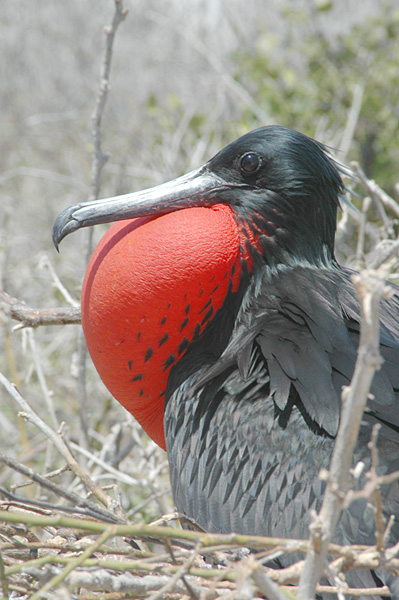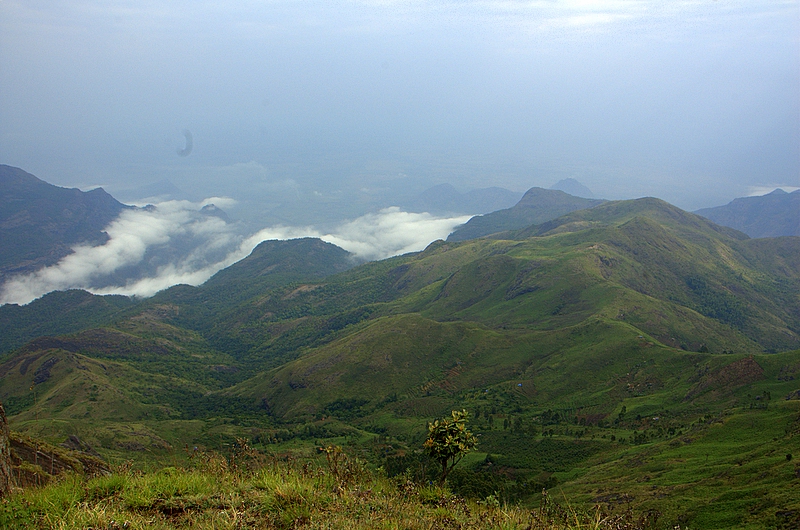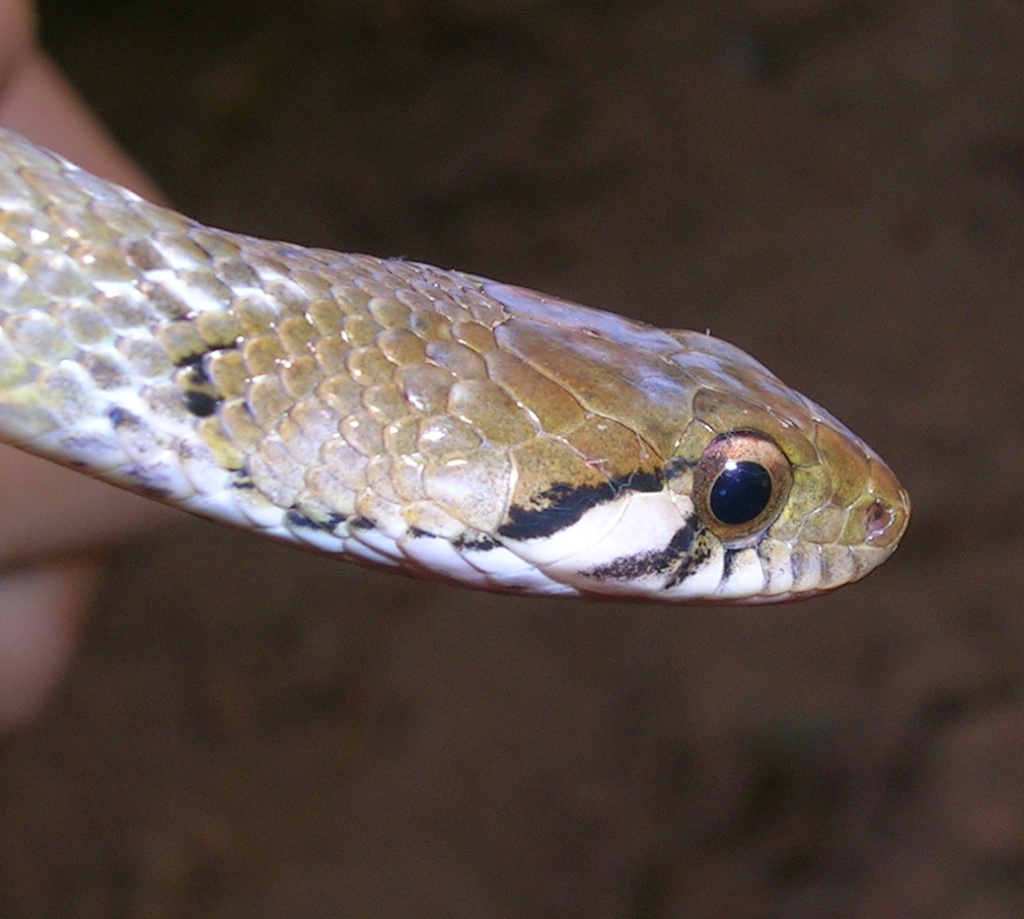|
Salea
''Salea'' is a genus of arboreal, slow-moving, diurnal, insectivorous, egg-laying agamid lizards endemic to the Western Ghats of South India. It has two species, each inhabiting very high mountainous tracts of the Western Ghats in the Shola forest ecosystems. Natural history These lizards rely on their camouflage to escape from predators and to stalk prey. When detected or approached, many turn around twigs or freeze motionlessly to evade notice. Description Albert Günther, in his treatise "The Reptiles of British India", described ''Salea'' as follows: The tympanum naked. Back and sides covered with strongly keeled scales of moderate size; several larger scales are intermixed with the others on the side; the scales form longitudinal series, and their tips arc directed backwards; bead without any spines. A crest on the back; gular sac: none. Tail slightly compressed at the base, with keeled scales below, which arc almost as broad as long. The head is tetrahedral, covered w ... [...More Info...] [...Related Items...] OR: [Wikipedia] [Google] [Baidu] |
Salea Horsfieldii
''Salea horsfieldii'', commonly known as Horsfield's spiny lizard or the Nilgiri salea, is a species of lizard in the family Agamidae. The species is endemic to the Nilgiri Hills of India. It is found mainly in the high altitude grassy hills. A related species, '' Salea anamallayana'', is found in the grassy hills of the Anaimalai Hills. Etymology The specific name, ''horsfieldii'', is in honor of American naturalist Thomas Horsfield Thomas Horsfield (May 12, 1773 – July 24, 1859) was an American physician and natural history, naturalist who worked extensively in Indonesia, describing numerous species of plants and animals from the region. He was later a curator of the Eas ....Beolens, Bo; Watkins, Michael; Grayson, Michael (2011). ''The Eponym Dictionary of Reptiles''. Baltimore: Johns Hopkins University Press. xiii + 296 pp. . (''Salea horsfieldii'', p. 126). Description ''S. horsfieldii'' is an olive brown to green lizard, with a white banded appearance. The snout ... [...More Info...] [...Related Items...] OR: [Wikipedia] [Google] [Baidu] |
Salea
''Salea'' is a genus of arboreal, slow-moving, diurnal, insectivorous, egg-laying agamid lizards endemic to the Western Ghats of South India. It has two species, each inhabiting very high mountainous tracts of the Western Ghats in the Shola forest ecosystems. Natural history These lizards rely on their camouflage to escape from predators and to stalk prey. When detected or approached, many turn around twigs or freeze motionlessly to evade notice. Description Albert Günther, in his treatise "The Reptiles of British India", described ''Salea'' as follows: The tympanum naked. Back and sides covered with strongly keeled scales of moderate size; several larger scales are intermixed with the others on the side; the scales form longitudinal series, and their tips arc directed backwards; bead without any spines. A crest on the back; gular sac: none. Tail slightly compressed at the base, with keeled scales below, which arc almost as broad as long. The head is tetrahedral, covered w ... [...More Info...] [...Related Items...] OR: [Wikipedia] [Google] [Baidu] |
Salea Horsfieldii 152218813
''Salea'' is a genus of arboreal, slow-moving, diurnal, insectivorous, egg-laying agamid lizards endemic to the Western Ghats of South India. It has two species, each inhabiting very high mountainous tracts of the Western Ghats in the Shola forest ecosystems. Natural history These lizards rely on their camouflage to escape from predators and to stalk prey. When detected or approached, many turn around twigs or freeze motionlessly to evade notice. Description Albert Günther, in his treatise "The Reptiles of British India", described ''Salea'' as follows: The tympanum naked. Back and sides covered with strongly keeled scales of moderate size; several larger scales are intermixed with the others on the side; the scales form longitudinal series, and their tips arc directed backwards; bead without any spines. A crest on the back; gular sac: none. Tail slightly compressed at the base, with keeled scales below, which arc almost as broad as long. The head is tetrahedral, covere ... [...More Info...] [...Related Items...] OR: [Wikipedia] [Google] [Baidu] |
Salea Anamallayana
The Anaimalai spiny lizard or Anaimalais salea (''Salea anamallayana'') is a species of agamid lizard endemic to the southern Western Ghats, India. Specifically, it is found on the Anaimalai Hills (its type locality) and Meghamalai in the Kerala and Tamil Nadu states. Description The snout long and pointed is about twice as long as the diameter of the eye. The ear opening is 1.6 times the diameter of the eye. The scales on the top of the head are large with a curved series of large scales bordering the region above the eye. An enlarged tubercle is present behind the edge of the brow ridge and a few on the back of the head. A row of 3 or four large scales is present from the eye to above the ear opening. The scales of the chin are larger than the ventral and can be smooth or keeled. A curved fold on each side of the neck, in front of the shoulders is well marked and the crest on top of the back of the head is made up large lance like spines of unequal size. The scales on the ... [...More Info...] [...Related Items...] OR: [Wikipedia] [Google] [Baidu] |
Salea Anamallayana (Anaimalai Spiny Lizard)
The Anaimalai spiny lizard or Anaimalais salea (''Salea anamallayana'') is a species of agamid lizard endemic to the southern Western Ghats, India. Specifically, it is found on the Anaimalai Hills (its type locality) and Meghamalai in the Kerala and Tamil Nadu states. Description The snout long and pointed is about twice as long as the diameter of the eye. The ear opening is 1.6 times the diameter of the eye. The scales on the top of the head are large with a curved series of large scales bordering the region above the eye. An enlarged tubercle is present behind the edge of the brow ridge and a few on the back of the head. A row of 3 or four large scales is present from the eye to above the ear opening. The scales of the chin are larger than the ventral and can be smooth or keeled. A curved fold on each side of the neck, in front of the shoulders is well marked and the crest on top of the back of the head is made up large lance like spines of unequal size. The scales on t ... [...More Info...] [...Related Items...] OR: [Wikipedia] [Google] [Baidu] |
Gular Sac
Gular skin (throat skin), in ornithology, is an area of featherless skin on birds that joins the lower mandible of the beak (or ''bill'') to the bird's neck. Other vertebrate taxa may have a comparable anatomical structure that is referred to as either a gular sac, throat sac, vocal sac or gular fold. In birds Gular skin can be very prominent, for example in members of the order Phalacrocoraciformes as well as in pelicans (which likely share a common ancestor). In many species, the gular skin forms a flap, or gular pouch, which is generally used to store fish and other prey while hunting. In cormorants, the gular skin is often colored, contrasting with the otherwise plain black or black-and-white appearance of the bird. This presumably serves some function in social signalling, since the colors become more pronounced in breeding adults. In frigatebirds, the gular skin (or gular sac or throat sac) is used dramatically. During courtship display, the male forces air into the s ... [...More Info...] [...Related Items...] OR: [Wikipedia] [Google] [Baidu] |
Lizards Of Asia
Lizards are a widespread group of squamate reptiles, with over 7,000 species, ranging across all continents except Antarctica, as well as most oceanic island chains. The group is paraphyletic since it excludes the snakes and Amphisbaenia although some lizards are more closely related to these two excluded groups than they are to other lizards. Lizards range in size from chameleons and geckos a few centimeters long to the 3-meter-long Komodo dragon. Most lizards are quadrupedal, running with a strong side-to-side motion. Some lineages (known as "legless lizards"), have secondarily lost their legs, and have long snake-like bodies. Some such as the forest-dwelling '' Draco'' lizards are able to glide. They are often territorial, the males fighting off other males and signalling, often with bright colours, to attract mates and to intimidate rivals. Lizards are mainly carnivorous, often being sit-and-wait predators; many smaller species eat insects, while the Komodo eats mammals ... [...More Info...] [...Related Items...] OR: [Wikipedia] [Google] [Baidu] |
Palakkad Gap
Palakkad Gap or Palghat Gap is a low mountain pass in the Western Ghats between Coimbatore in Tamil Nadu and Palakkad in Kerala. It has an average elevation of with a width of . The pass is located between the Nilgiri Hills to the north and Anaimalai Hills to the south. Origin and History There are various theories about the origin of Palakkad gap. One among them is that it is caused by the landslide due to rivers flowing in opposite directions. The Bharathappuzha river (River Ponnani) originates in the Palakkad Gap from rivulets and tributaries feeding from steep escarpment slopes along the flanks of the Ghats. Another theory suggests that the gap may be created by an asteroid strike around 800 million to 550 million years ago. Palakkad gap has played a major role in enabling human migration into Kerala from parts of Tamil Nadu. From 300 B.C. to 13th century, it also helped the Cheras rule the entire Kerala and the Kongu Nadu as one geographical unit from Karur in ... [...More Info...] [...Related Items...] OR: [Wikipedia] [Google] [Baidu] |
Nilgiri Hills
The Nilgiri Mountains form part of the Western Ghats in northwestern Tamil Nadu, Southern Karnataka, and eastern Kerala in India. They are located at the trijunction of three states and connect the Western Ghats with the Eastern Ghats. At least 24 of the Nilgiri Mountains' peaks are above , the highest peak being Doddabetta, at . Etymology The word Nilgiri, comes from Sanskrit word ''neela'' (blue) + ''giri'' (mountain), has been in use since at least 1117 CE. In Tamil literature it is mentioned as ''Iraniyamuttam'' It is thought that the bluish flowers of kurinji shrubs gave rise to the name. Location The Nilgiri Hills are separated from the Karnataka Plateau to the north by the Moyar River. Three national parks border portions of the Nilgiri mountains. Mudumalai National Park lies in the northern part of the range where Kerala, Karnataka, and Tamil Nadu meet, covering an area of 321 km². Mukurthi National Park lies in the southwest part of the range, in Kerala ... [...More Info...] [...Related Items...] OR: [Wikipedia] [Google] [Baidu] |
Anaimalai
Anaimalai is a taluk in Coimbatore district in the Indian state of Tamil Nadu. Agricultural day work is the main occupation. Paddy, banana, sugarcane and other crops are grown in the area. Anaimalai is a pilgrimage spot, due to the worship of the goddess Maasani Amman. History Anaimalai was carved out of Pollachi taluk in 2018. Geography As it is close to Kerala, it receives both southwest and northeast monsoon through the year. It encompasses around 31 villages. The Uppar River runs through Anaimalai and it's a drainage made by Anamalai city people. Demographics It had a population of 17,208 according to the 2011 Census, in 4,933 families.{{cite news , date=18 November 2018 , title=ஆனைமலை தாலுகா: அரசாணை வெளியீடு , language=Tamil , work= Dina Mani , url=https://www.dinamani.com/all-editions/edition-coimbatore/coimbatore/2018/nov/18/%E0%AE%86%E0%AE%A9%E0%AF%88%E0%AE%AE%E0%AE%B2%E0%AF%88-%E0%AE%A4%E0%AE%BE%E0%AE%B2%E0 ... [...More Info...] [...Related Items...] OR: [Wikipedia] [Google] [Baidu] |
Palni Hills
The Palani Hills are a mountain range in the southern Indian states of Kerala and Tamil Nadu. The Palani Hills are an eastward extension of the Western Ghats ranges, which run parallel to the west coast of India. The Palani Hills adjoin the high Anamalai range (Kerala) on the west, and extend east into the plains of Tamil Nadu, covering an area of . The highest part of the range is in the southwest, and reaches 1,800-2,500 metres (5,906-8,202 feet) elevation; the eastern extension of the range is made up of hills 1,000-1,500 m (3,281-4,921 ft) high. It is also home to the main temple of Lord Muruga, who is worshipped as the primary god in Tamil Nadu. Geography Vandaravu peak is the highest peak in the Palani hills. The range lies between the Cumbum Valley on the south, which is drained by the Vaigai River and its upper tributaries, and the Kongunadu region to the north. The northern slopes are drained by the Shanmukha River, Nanganji River, and Kodavanar River, wh ... [...More Info...] [...Related Items...] OR: [Wikipedia] [Google] [Baidu] |
Richard Henry Beddome
Colonel Richard Henry Beddome (11 May 1830 – 23 February 1911) was a British military officer and naturalist in India, who became chief conservator of the Madras Forest Department. In the mid-19th century, he extensively surveyed several remote and then-unexplored hill ranges in Sri Lanka and south India, including those in the Eastern Ghats such as Yelandur, Kollegal, Shevaroy Hills, Yelagiri, Nallamala Hills, Visakhapatnam hills, and the Western Ghats such as Nilgiri hills, Anaimalai hills, Agasthyamalai Hills and Kudremukh. He described many species of plants, amphibians, and reptiles from southern India and Sri Lanka, and several species from this region described by others bear his name. Early life Richard was the eldest son of Richard Boswell Brandon Beddome, solicitor, of Clapham Common, S.W. He was educated at Charterhouse School and trained for the legal profession, but preferred to join the East India Company at the age of 18 and joined the 42nd Madras ... [...More Info...] [...Related Items...] OR: [Wikipedia] [Google] [Baidu] |







